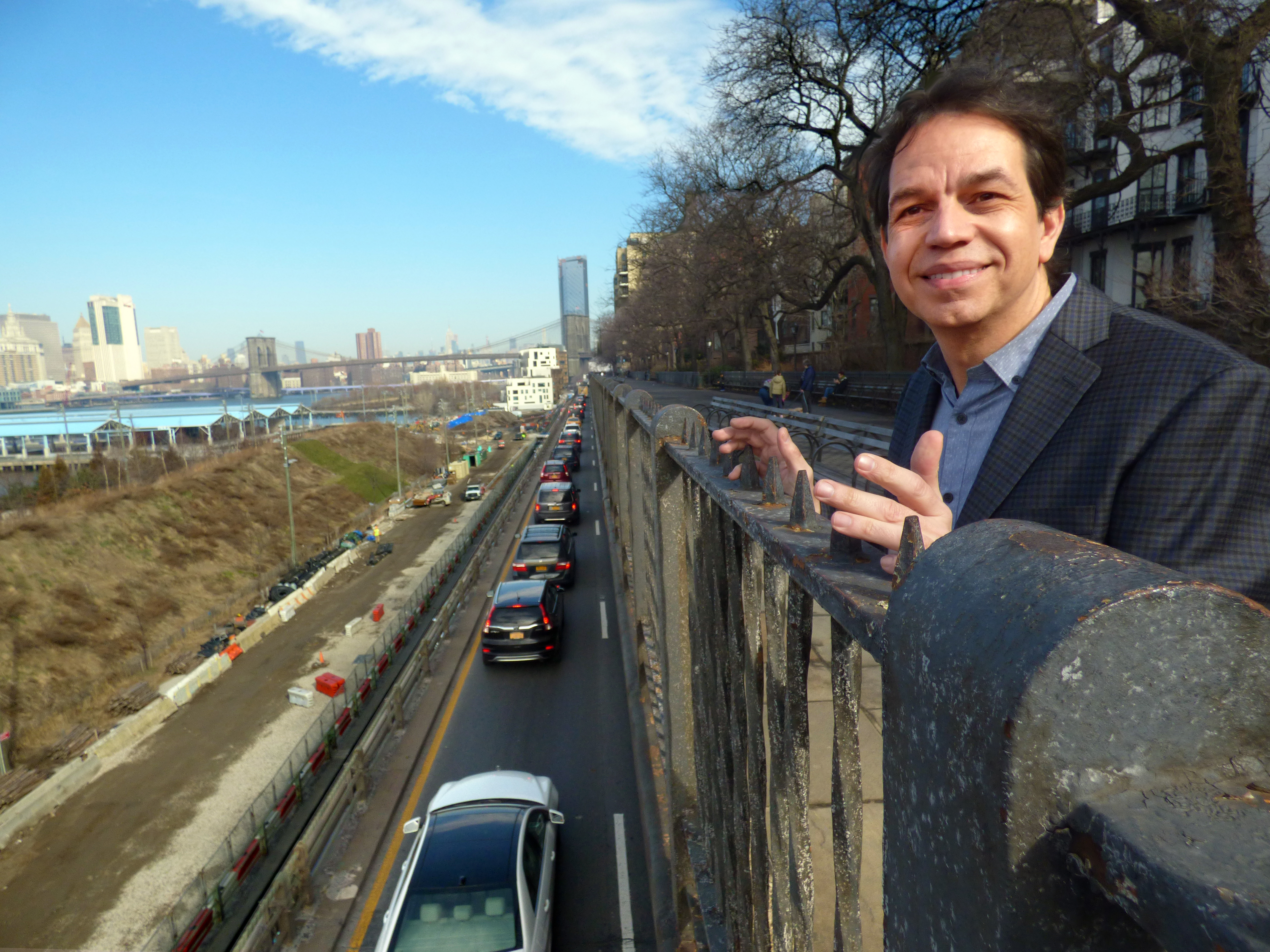The man behind the plan: An interview with Marc Wouters, designer of BQE ‘parallel highway’ plan
An alternative to running highway over the promenade

No recent issue has gripped Brooklyn Heights more than the upcoming reconstruction of the Brooklyn-Queens Expressway.
The city’s favored plan would temporarily replace the beloved Heights Promenade with a temporary six-lane bypass. This would bring the truck-clogged interstate, with its noise and pollution, to neighborhood street level for six to eight years.
The Brooklyn Heights Association has come up with an alternate proposal that would spare the Promenade. Dubbed the “Parallel Highway,” the plan was designed by Heights-based Marc Wouters Studios. It would move traffic to a temporary two-level structure west of the existing triple cantilever underpinning the Promenade, rather than atop the popular walkway.

Brooklyn Heights
View MoreRead the Brooklyn Height's Press and Cobble Hill News. Find out more about Brooklyn Height's History here.